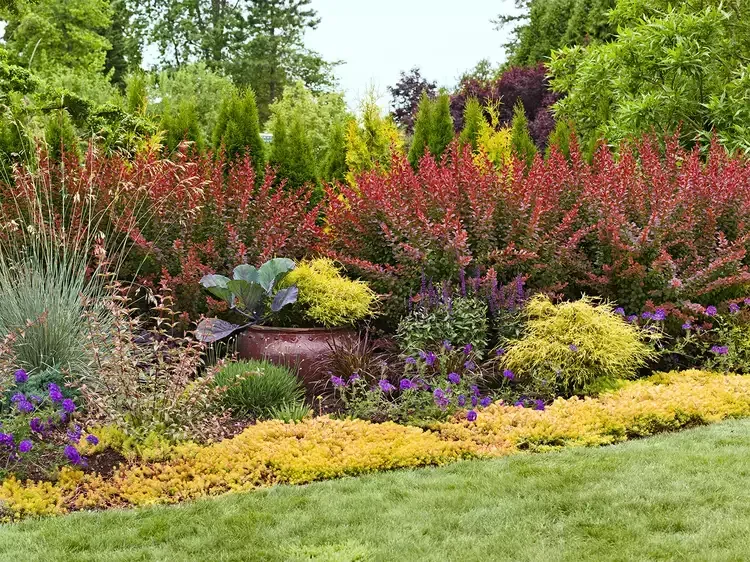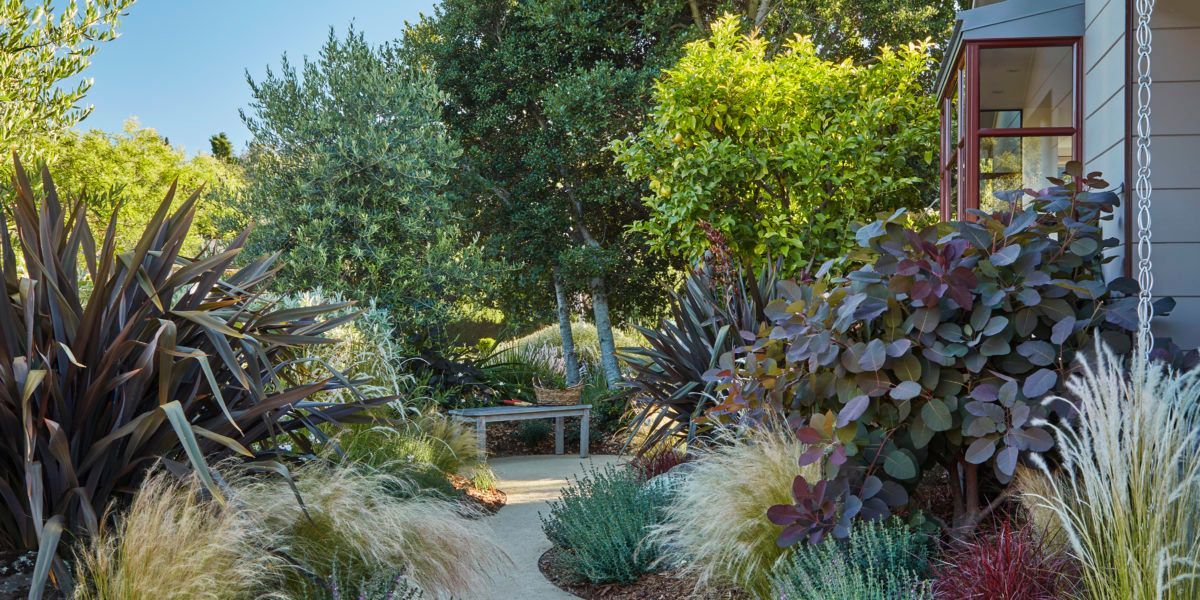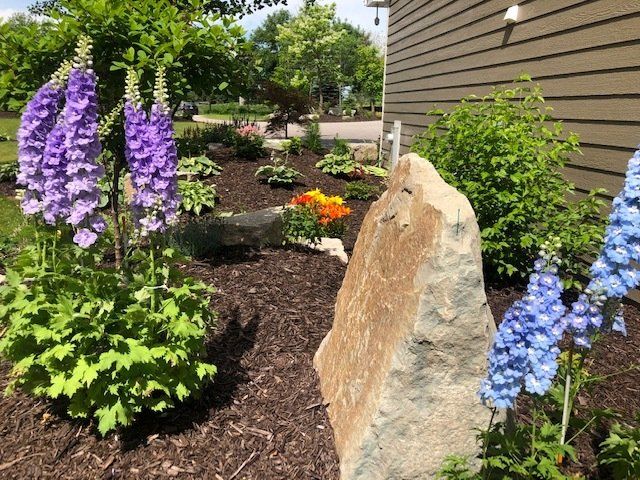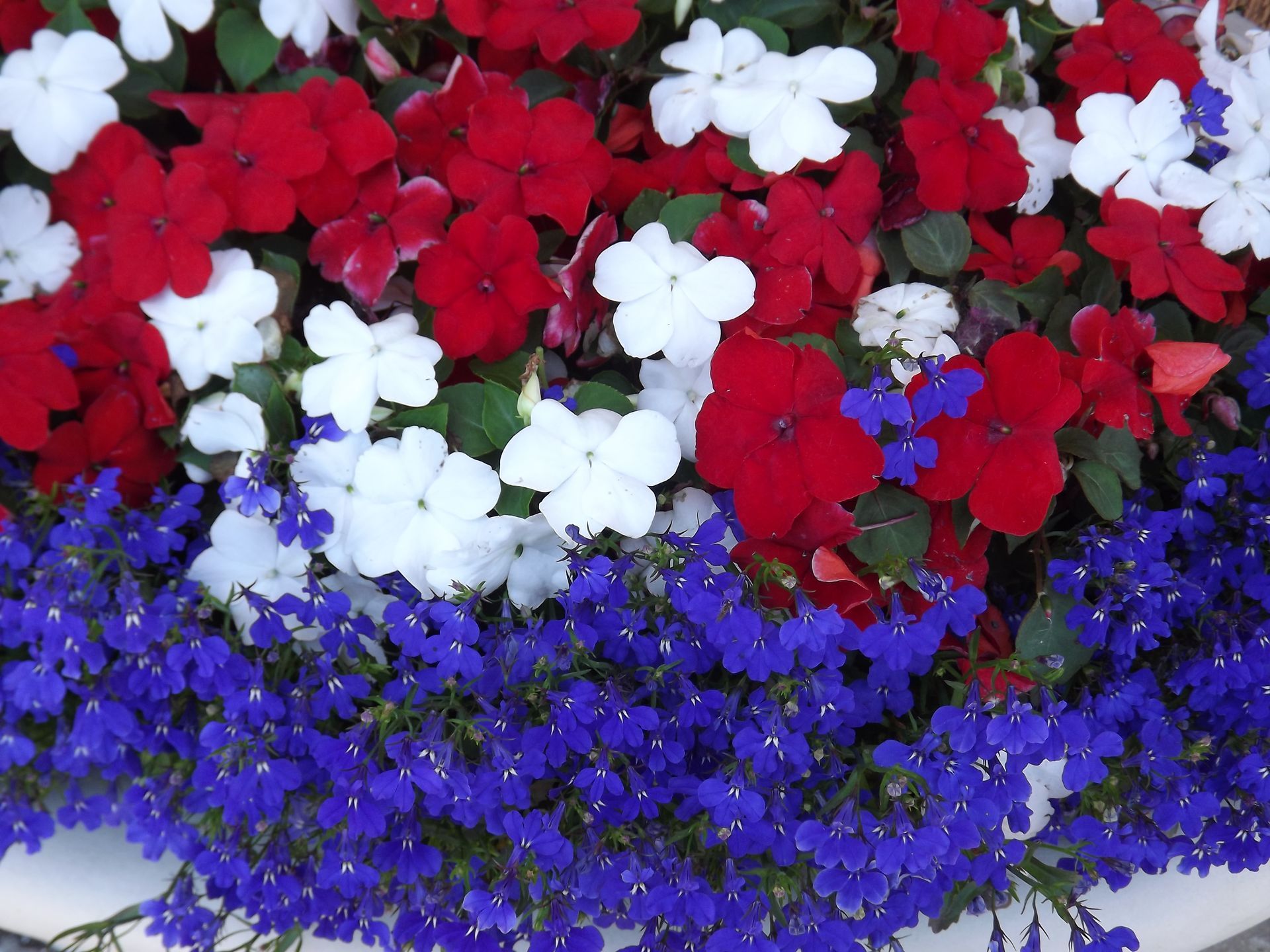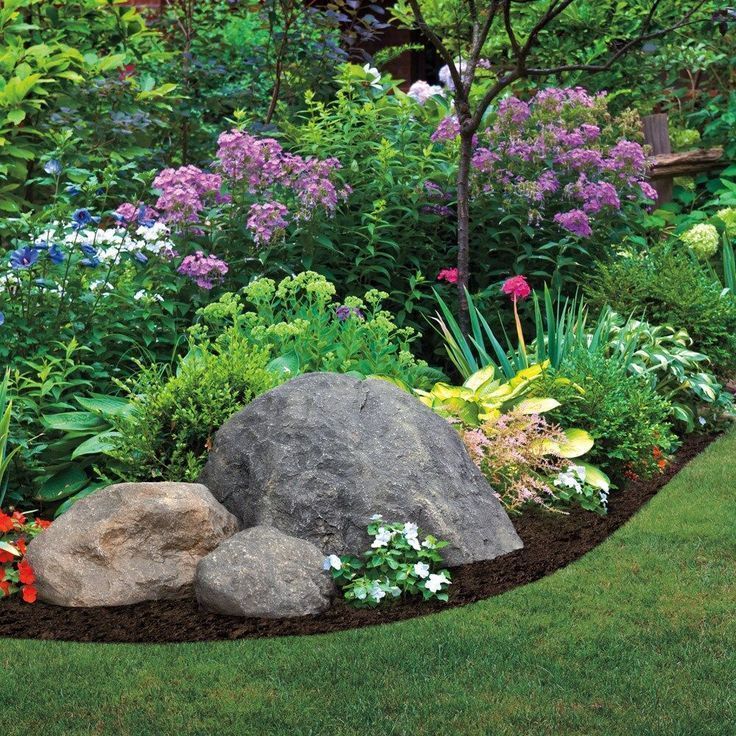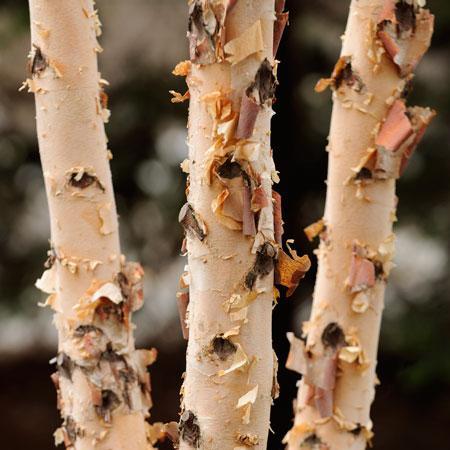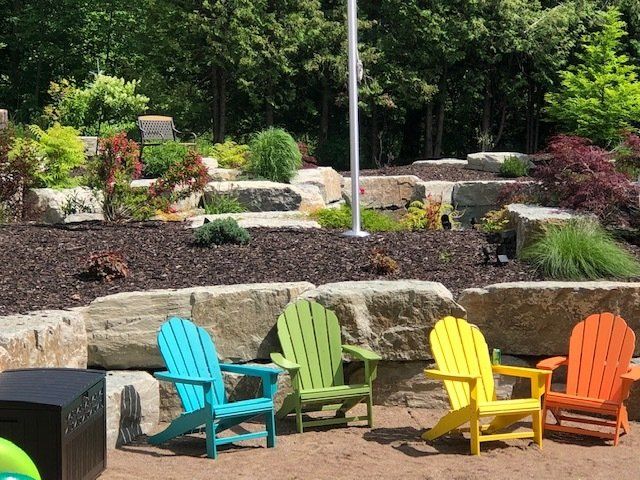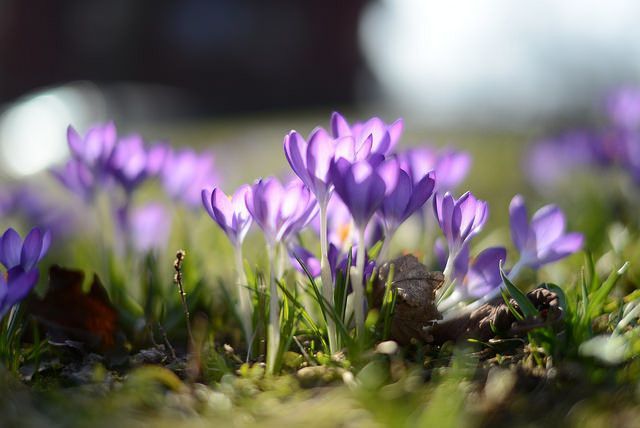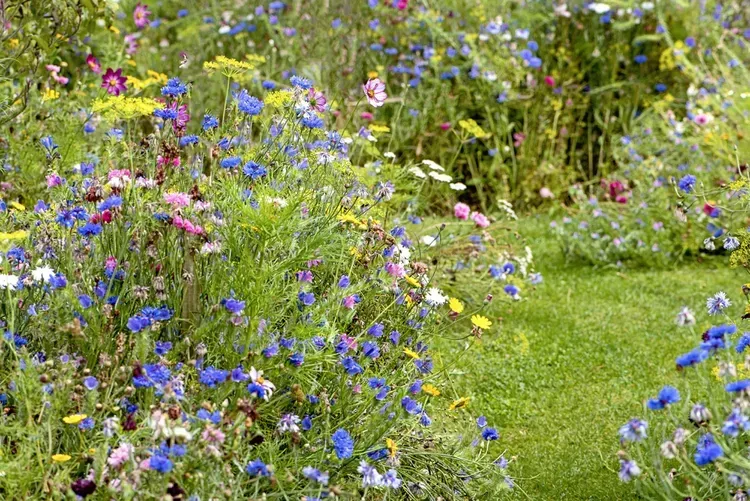10 LOW-MAINTENANCE PERENNIALS
Do you love beautiful flowers? Do you also love NOT spending a lot of time in the garden to keep them beautiful? Then I have the perfect answer for you! 10 low-maintenance perennials that will thrive in your yard and produce beautiful foliage and blooms all season long.
10 LOW-MAINTENANCE PERENNIALS:
1. Coneflower – A hardy flowering perennial, the Coneflower will bloom from early summer to fall. The Coneflower does well in drought conditions and will grow to approximately three feet tall.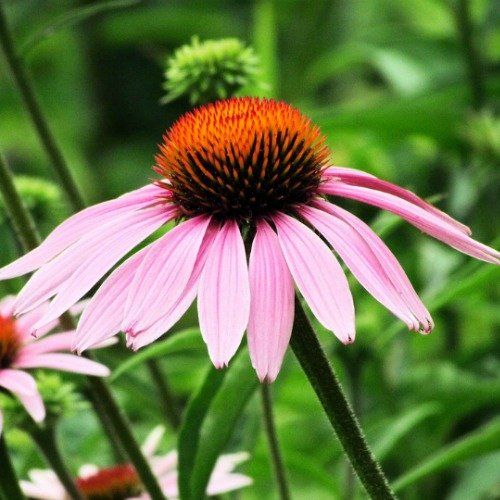
2. Iris – The Iris is a multiplying wonder! Its bulbs will increase each year, and you will quickly end up with a mass of gorgeous flowers on tall green stalks. Once they are established, Irises require little care, and bulbs can be split and replanted in other areas of your yard.
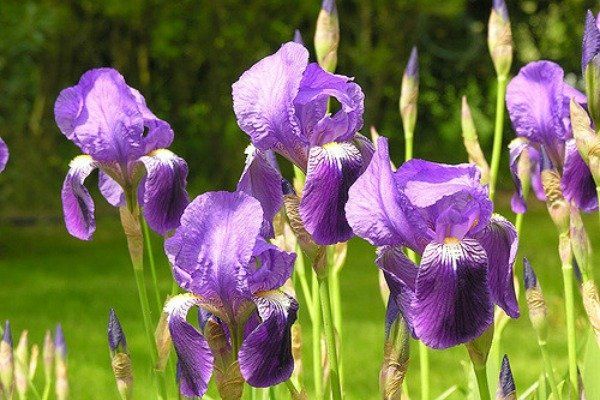
3. Chrysanthemum –
Chrysanthemums are an easy-to-grow perennial that will provide fall color in your yard. There are several different types of Mums, so make sure to select a garden variety mum that is suitable for your zone.

4. Sedum – Sedum is a wonderfully reliable groundcover. It can withstand heat, disease, and drought – and still continue to grow and spread. I currently have Sedum in a rock wall and it is thriving, even without a dedicated water source. As it spreads, divide it every few years, replanting it in different areas of your yard or gifting it to friends.
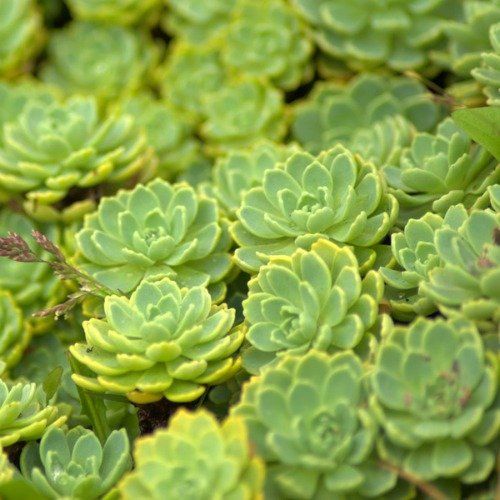
5. Yarrow – Yarrow is an extremely hardy perennial, and does well in cold, heat, and drought conditions. This plant is also deer resistant, so I have planted it throughout my yard! If deer are a problem in your yard, then don’t miss my favorite 10 deer-resistant plants!
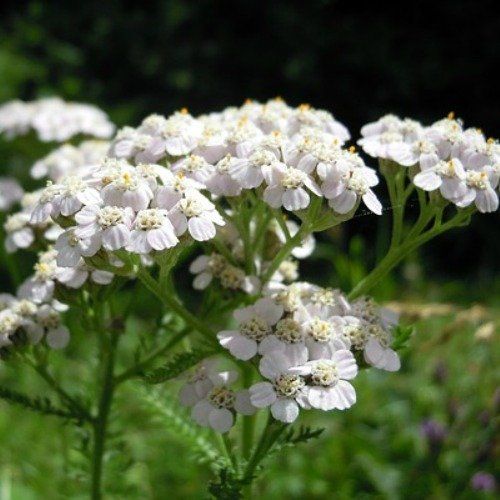
6. Daylily – The Daylily is a workhorse of a perennial. These plants will reward you year after year with luscious green foliage and bright yellow flowers. Daylilies require little attention, and they are predictable plants that can also be divided and replanted as they spread. One of the best gifts that I ever received was a bag of Daylily plants that had been divided from mature plants in a friend’s backyard.
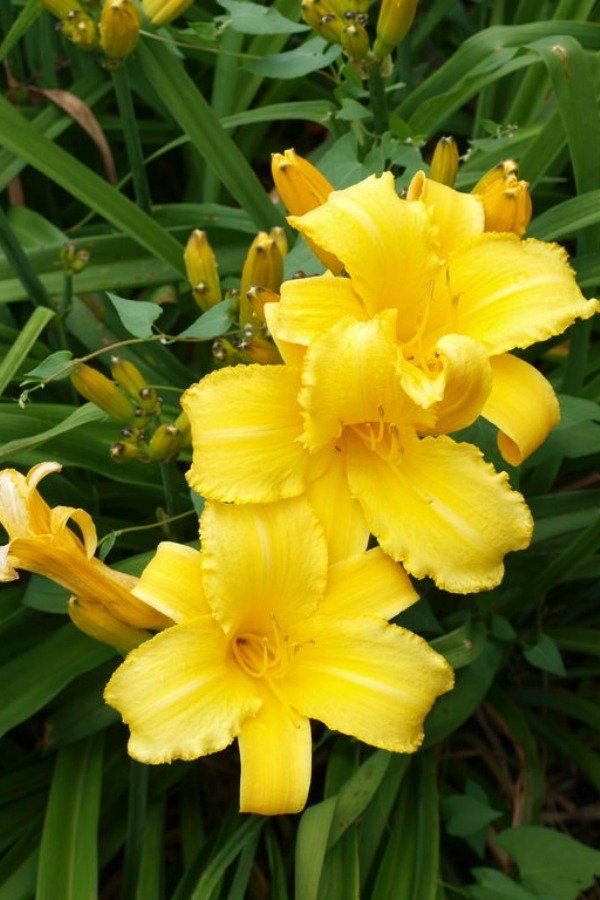
7. Coralbells – Coralbells are a showy, yet very low maintenance plant. They do well in a location that is partially shaded. This plant has unusual foliage and tiny bell-shaped flowers that bloom on tall, thin spikes. Coralbells spread well, and the flowers shoots give it height.

8. Hosta – Hosta thrives in the shade, and comes in a variety of sizes. I’m partial to Hosta with large, bright green leafs and I love having plants that come back bigger and better each year. My last yard was filled with Hostas, but I have had less success with them in my current yard, because the local deer enjoy them as a snack. Hostas are very easy to grow, but be mindful of pests that will damage the plants.
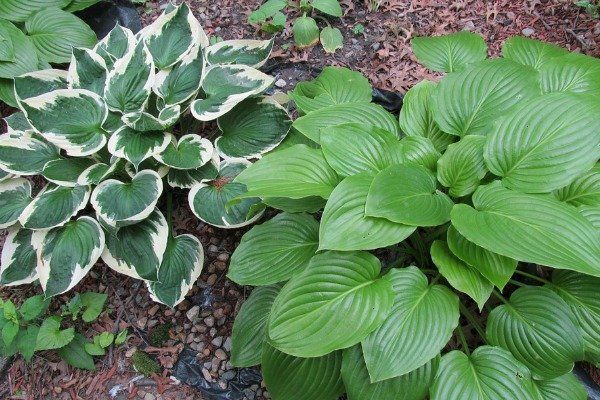
9. Russian Sage – Russian Sage has light colored, silver foliage and spiky lavender flowers that will cover the leaves from late spring until autumn. This perennial prefers dry conditions, making it a plant that is definitely low maintenance.
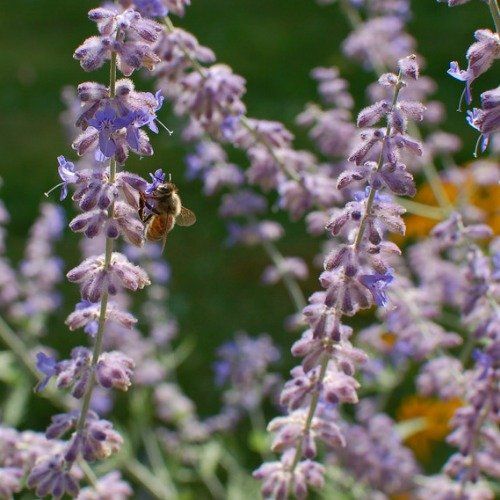
10. Peony – When I planted my first Peony bush, I was surprised that such a resilient plant could produce such gorgeous flowers. Peony blossoms appear late spring to early summer and their beauty is tough to beat. Peonies comes back year after year, with bigger, showier flowers, and it requires minimal care, making this my favorite perennial!
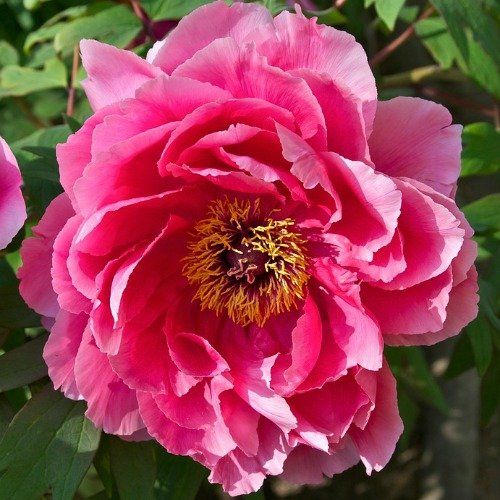
Do you have any of these perennials in your yard? Which is your favorite? Call us to order or set up a landscaping appointment today!
Source: https://westerngardens.com
